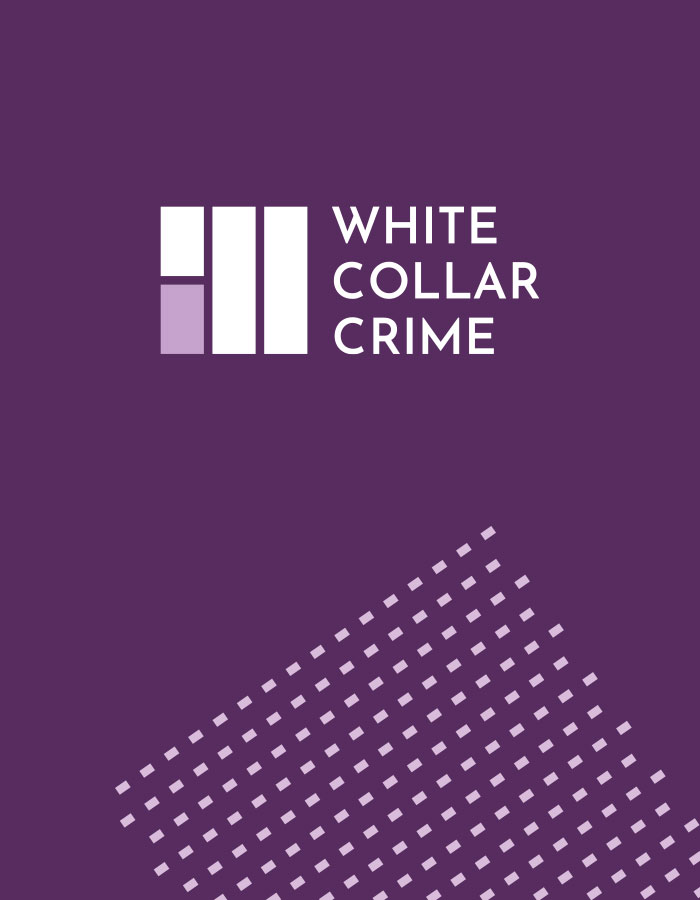Speed read: Natasha Reurts distils the key points arising from HMRC’s Guidance on the new corporate offence of failing to prevent the facilitation of tax evasion, introduced by the Criminal Finances Act 2017.
Firms and businesses preparing their policies and procedures to take account of the new corporate offence of failure to prevent the facilitation of tax evasion (which includes UK tax evasion as well as foreign tax evasion) must have regard to HMRC’s guidance published in September 2017. The guidance provides an overview of the aims of the new provisions, practical recommendations for implementing reasonable preventative procedures which serve as a defence to any charge and much-needed information on how somewhat uncertain aspects of the new offence are likely to work in practice.
The corporate offence
Fundamentally, the new offence of failing to prevent the facilitation of tax evasion is committed in three stages. First, there must be criminal tax evasion by a tax payer (an individual or a legal person) under existing laws. Second, there must be criminal facilitation of that tax evasion by an ‘associated person’ of the relevant body acting in that capacity. Third, the relevant body must have failed to prevent its representative (the associated person) from committing the criminal facilitation. A statutory defence exists, namely that the relevant organisation has put in place reasonable prevention procedures to prevent the associated person from facilitating the tax evasion or that it is unreasonable to expect the relevant organisation from having in place such procedures.
Reasonable procedures
Helpfully, the finalised HMRC guidance provides illustrative examples of the different types of procedures which would be relevant for companies of varying sizes. Drawing from these illustrative examples, it would be prudent for businesses to perform a focused tax-evasion facilitation risk assessment and conduct due diligence assessments on sub-contracting agents or partners. With respect to this focused risk assessment, businesses and firms should have regard to Principle 1 of the Guiding Principles of the guidance. Importantly, for this offence, the guidance notes that firms should consider internal structures of procedures which may increase the level of risk. Commonly encountered internal factors are said to include:
“deficiencies in employee training, skills and knowledge… a bonus culture that rewards excessive risk takin… lack of clear financial controls or whistle-blowing procedures… lack of clear messaging from top-level management on refusing to engage in tax fraud.” [1]
When is a person ‘associated’?
With respect to the term ‘associated person’, firms should have regard to the following features of HMRC’s guidance. First, confirmation that an employee acting on a ‘frolic of their own’ will not expose the corporate to liability - the guidance notes that “[where an employee criminally facilitates his or her partners tax evasion in the course of their private life and as a ‘frolic of their own’, they commit a tax evasion facilitation offence but [not] in the capacity of a person associated with their employer.” [2] No offence is committed. Second, an associated person can include a contracted person (or an introducer or agent) so long as the person is performing services for or on behalf of the relevant body. Importantly, the guidance confirms that the somewhat ambiguous term “persons who perform services for or on behalf of” is intended to be broad in scope but, fundamentally, is designed to capture a range of persons who might be involved in the facilitation of tax evasion whilst representing, or purporting to represent, the relevant organisation. The reference in the guidance to ‘representation’ suggests a closer nexus is required than simply performing services for a company which could include any number of persons. Further, in determining whether a contractor is an associated person, business should have regard to the “contractual form and [consider] all the relevant factors including contractual proximity, control, and benefit.” [3]
With respect to joint ventures, the guidance notes that in circumstances where the tax fraud is facilitated by a separate legal entity (through which the joint venture operates), this may lead to liability for one of the ventures participants if it is found that a person performed services on behalf of that particular participant. The guidance also discusses circumstances of referrals. For example, where an organisation makes a referral, in good faith, and believes that the service provider is unlikely to be engaged in the facilitation of tax evasion, the company – who proceeds to step away from the transaction/relationship – is unlikely to fall within the scope of the offence. In short, ‘vanilla’ referrals will not be caught within the new offence.
Conclusion
HMRC’s guidance is comprehensive, provides several helpful illustrations on the operation of the offence and a detailed explanation of who might be captured by the offence. However, the guidance does come with important provisos, namely, that it is intended for broad application and firms should assess for themselves the preventative measures that are required proportionate to the nature of the services engaged in, size and type. Moreover, ‘reasonable’ – in the sense of reasonable prevention procedures – is an evolving term. Firms should bear this mind and consider the need for periodic review of policies and procedures.
[1] HMRC Guidance page 20
[2] HMRC Guidance page 31
[3] HMRC Guidance page 32







